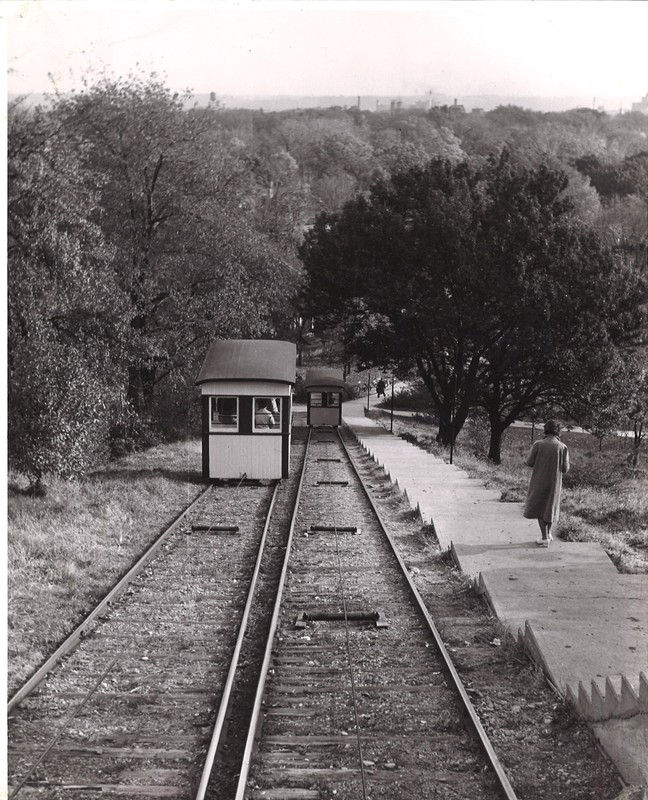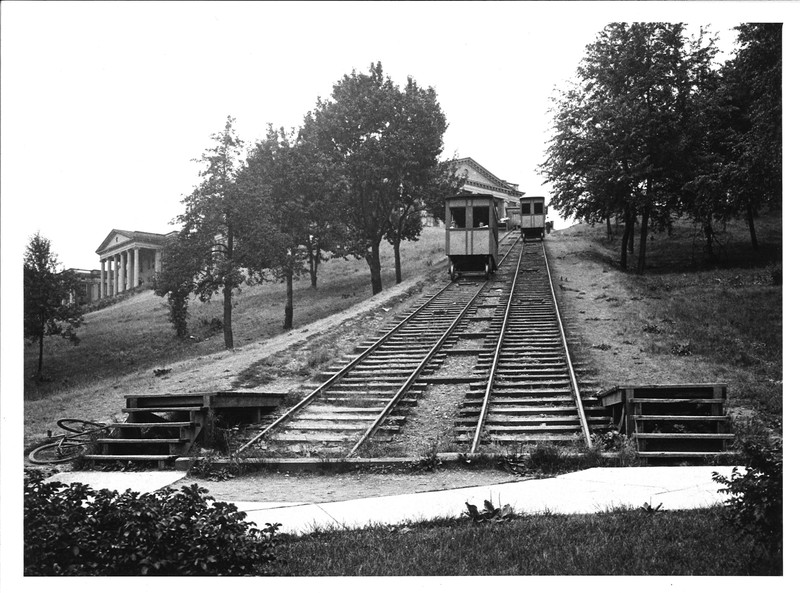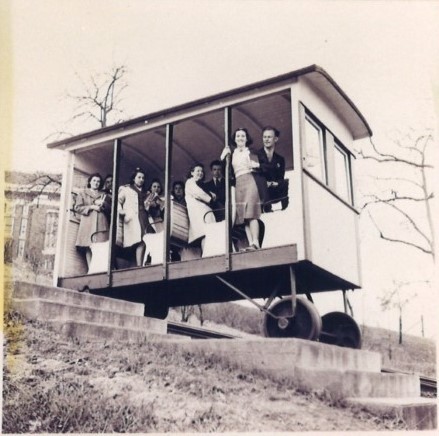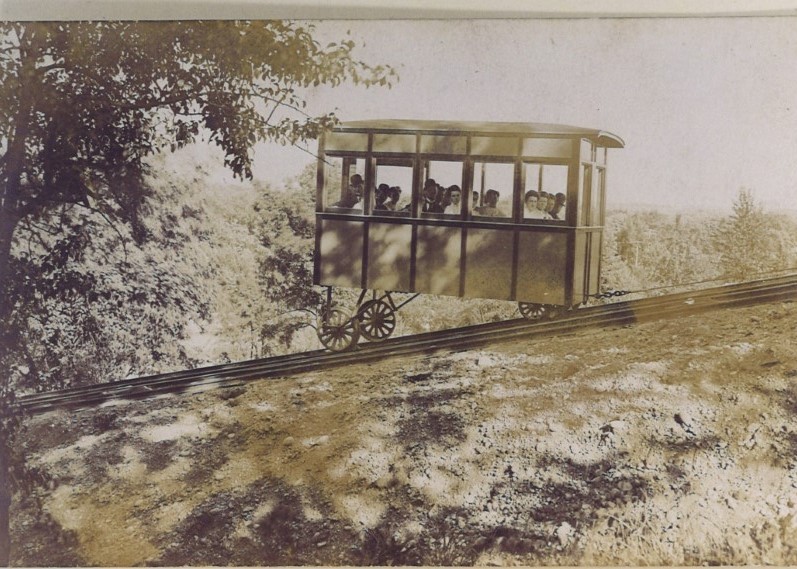East Campus Walkway
Introduction
Text-to-speech Audio
User Note: Follow the sidewalks in front of Heritage Hall to the northeastern side of the hill until you reach the staircase.
In the early 1900s, the campus of Western State Normal School continued to expand, which included new modes of transportation for students to use to trek up Prospect Hill. One of the most popular methods was the Western State Normal Railroad which was constructed in 1908 and featured two cars that moved opposite of one another. Situated on the northeast corner of the original campus, the trolley stretched down to the Davis Street neighborhoods and served as an alternative to the wooden 150-steps. The trolley continued to serve Western’s campus until the mid-1900s.
See below for more information
Images






Backstory and Context
Text-to-speech Audio
During the first decade of the Western State Normal School, there were no residence halls or housing facilities on campus, which meant that students and faculty had to live in the surrounding neighborhoods. Methods of transportation to campus were fairly limited and the trek up the side of Prospect Hill was only remediated with footpaths and faculty-constructed staircases.
In 1908, however, President Waldo pushed for the creation of a double-track railroad that would be operated by a stationary electric motor. The railroad featured two cars that carried up to 16 people each and moved up the hill while the other car descended. At its peak, the trolley served around 2,280 passengers per day, with around 50 trips per hour.
The Western State Normal Railroad continued to be a staple in Western’s campus until the late 1940s when it began to need repairs, which totaled around $5,000. With the needed repairs and the overall decline in use, the trolley was officially closed in 1949. In 1951, the tracks were torn up and the cars were sold for scrap.
Today, the site is still used for transportation up the hillside, in the form of a staircase. The legacy of the trolley continued to live on when four engineering students built a replica of the trolley car as their senior project in 2003. Although there are no surviving plans for the trolley cars, the students utilized photographs, written descriptions, and the one surviving bench to construct the scale model. This replica represented the importance of the railroad to Western’s students and history, as well as the status that it held as the only known incline railroad in the history of the state of Michigan.
Sources
Knauss, James O. The First Fifty Years: A History of Western Michigan College of Education, 1903-1953. Kalamazoo, MI: Western Michigan College of Education, 1953.
Massie, Larry B. Brown and Golden Memories: Western Michigan University's First Century. Kalamazoo, MI: Western Michigan University, 2003.
